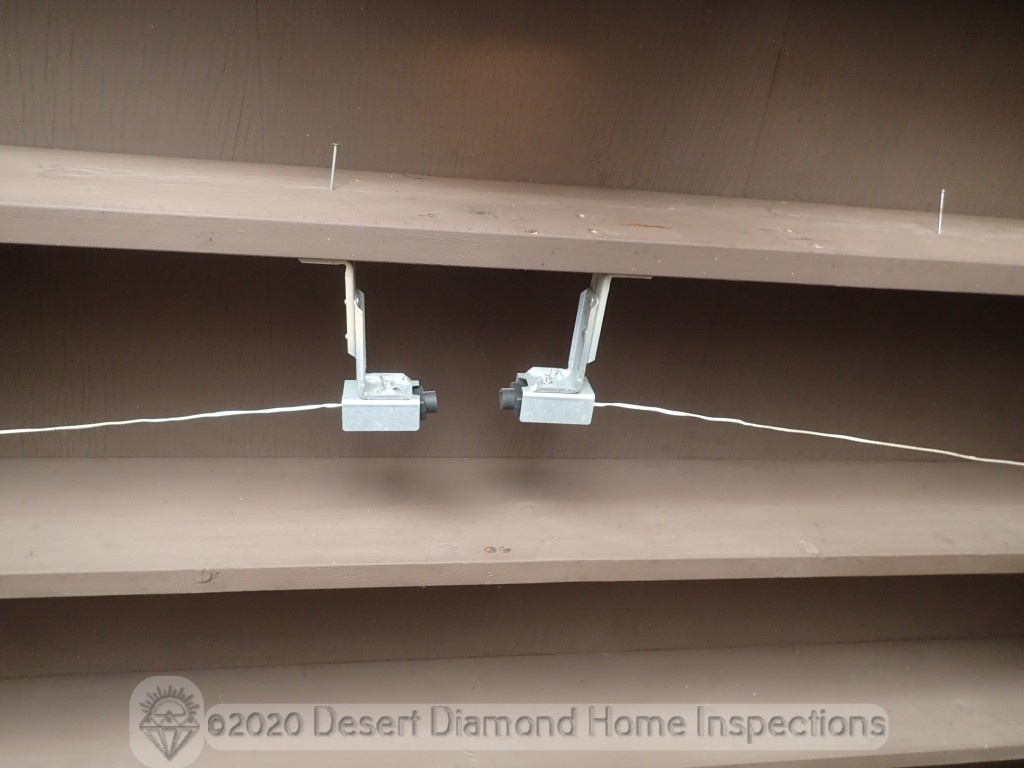Garage door maintenance is the tenth article in our series of top 10 home maintenance tips. These tips are based on our experience from inspecting homes in Tucson where we see certain issues on a regular basis. Issues that could have been prevented with some easy and affordable proactive maintenance. Proactive home maintenance helps prevent unpleasant surprises and major damage, and keeps maintenance and repair costs down. We hope you find these tips helpful and use them to keep your home in good shape.
Garage door maintenance
Our tenth home maintenance tip is about maintenance of the garage door and opener, and the safety components to ensure they function as intended. The purpose of the garage door and opener is pretty simple: Conveniently open the garage door so you can pull your car in and out, and close the door to protect your car, tools, and holiday decorations.
And yes, you guessed it: The garage door and opener require regular maintenance for two main reasons:
- Without maintenance, they can wear out prematurely and break, requiring expensive repairs.
- If a component fails or malfunctions, it can cause damage to your car, or in extreme case scenarios, injure or kill children or pets.
If you feel comfortable, you can perform most of these steps yourself. Refer to the manual of the garage door and opener manufacturers for detailed instructions specific to your system. If you don’t have a paper copy of the manual, you can usually download a copy as a PDF from the manufacturer website. Simply search for the make and model as noted on the opener and the word manual.
If you do not feel comfortable doing so, contact a qualified garage door specialist to help you out.
Here’s what you need to do to keep your garage door and opener working properly and last longer.
Test the manual release handle
There should be a manual release handle that allows you to detach the door from the opener. This is a safety feature that lets you open the garage door manually in case of an emergency. For example, when the opener has failed or there is no power and you need to open the garage door. You pull it to detach the door from the opener and then manually lift the door.
First, verify that there is a handle. The handle is usually red and hangs from a red cord. The handle should be no more than six feet above the garage floor and easy to reach by an adult. However, it should also clear vehicles that are parked underneath to prevent getting snagged accidentally.

Next, with the garage door closed, pull the manual release handle to disconnect the door from the opener. Verify that it works and disconnects the door from the opener. See next step.
Test the door operation
Now grab the garage door in a safe manner that prevents accidental pinching or injury of your fingers. First, lift the door to the fully open position, then lower it to the halfway open position, then close it.
- Does the door lift easily without too much effort and move freely in its tracks?
- Do the rollers stay in the track while opening and closing the door?
- Does the door stay up in the fully open position, and does it stay in place in the halfway open position without slamming down?
If the answer to any of these questions is no, call a qualified garage door specialist for service. This could be an indicator that the garage door spring(s) are either worn out or broken. As a result, the opener has to work a lot harder and will wear out prematurely or break.
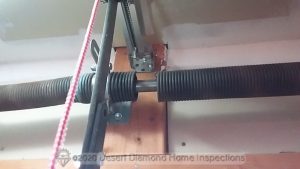
Note: Servicing the springs is dangerous! The springs are very strong and can maim or kill if serviced incorrectly. Always call a qualified garage door specialist for any service of the springs!
Examine and service the door
Visually inspect the garage door from the inside and outside for any damage. Damage could be an indicator of or precursor to malfunction.
Inside the garage, check the garage door tracks, brackets, and fasteners and verify they are in good condition and secured. Also, inspect the garage door rollers to ensure they are in good condition and running properly in the tracks.
Lubricate the rollers and hinges of the garage door. Use a lithium-based aerosol spray for best results. Do not use grease or WD-40 because they attract and trap dirt.
Check the weather-stripping around the garage door and verify it is in good condition. Damaged or missing weather-stripping could allow moisture or pest intrusion. Therefore you should replace it right away if missing or damaged.
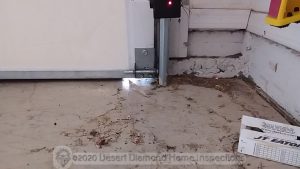
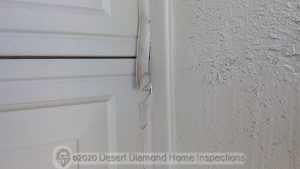
Test the opener safety features
The garage door opener has several safety features to prevent accidental damage or injury. This includes the resistance sensor in the opener and the photoelectric sensors.
- Use the wall-mounted push button to open the garage door. Observe the door as it opens and note any abnormal noise or movement.
- Verify the presence of photoelectric sensors near the bottom on each side of the garage door. The distance between the sensors and the floor should not be more than six inches.
- Use the push button to close the garage door. While the door is closing, wave an object between the two sensors. Verify that the opener immediately stops the door from descending and returns it to the open position.
- Again, use the push button to close the door. While the door is closing, hold your arm under the door and give the door resistance as it travels down. Verify that the opener immediately stops the door from descending and returns it to the open position.Note: There is an alternative version of the resistance test. Place a piece of two-by-four flat on the ground under the open garage door. Then use the push button to close the door. As soon as the bottom edge of the door hits the two-by-four, the opener should immediately reverse the door. While this test is generally accepted as the industry standard, it could result in damage to the bottom panel of the door if the resistance sensor does not work properly.
If the opener fails either one of the sensor tests, call a qualified garage door specialist for service.

Examine and service the belt or chain
If your garage door opener has a belt or chain, they require regular service.
Check the belt or chain. Over time, the belt or chain will stretch and loosen. If the belt or chain are sagging, tightening is in order.
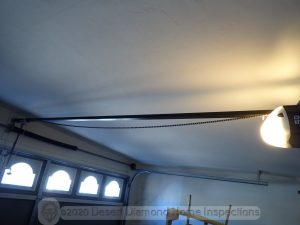
Download a garage door maintenance checklist
The Door & Access Systems Manufacturers Association (DASMA) offers a very detailed checklist for residential garage doors and opener. If you are interested, you can download the checklist from their website at dasma.com/technical-data-sheets/. Click on the link for TDS #167 to download the PDF.
When
Put a reminder on your calendar for garage door maintenance twice a year.
Conclusion
Garage door maintenance is another important part of your home maintenance program. Not only will it make the door and opener last longer, it can also prevent damage and injury.

